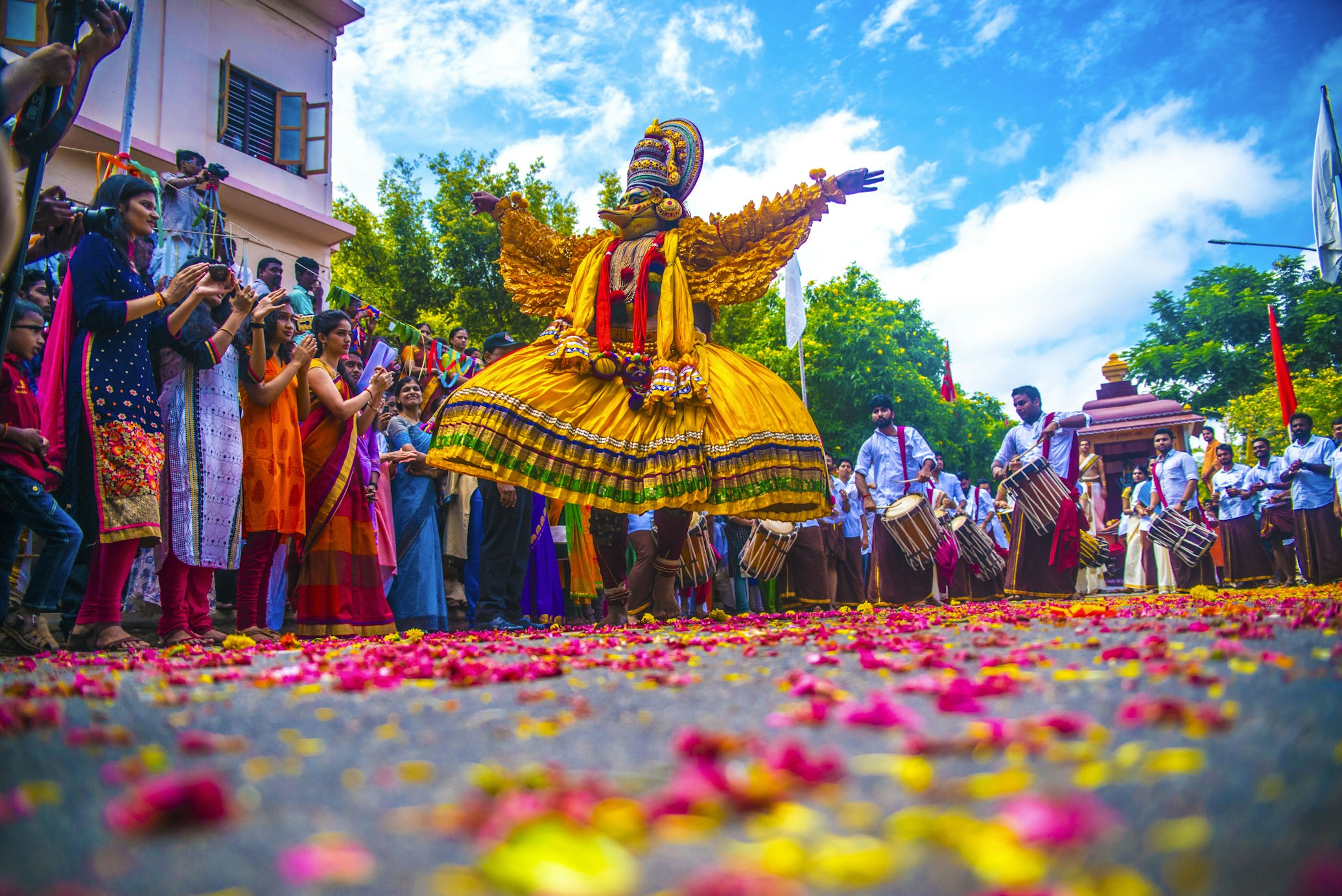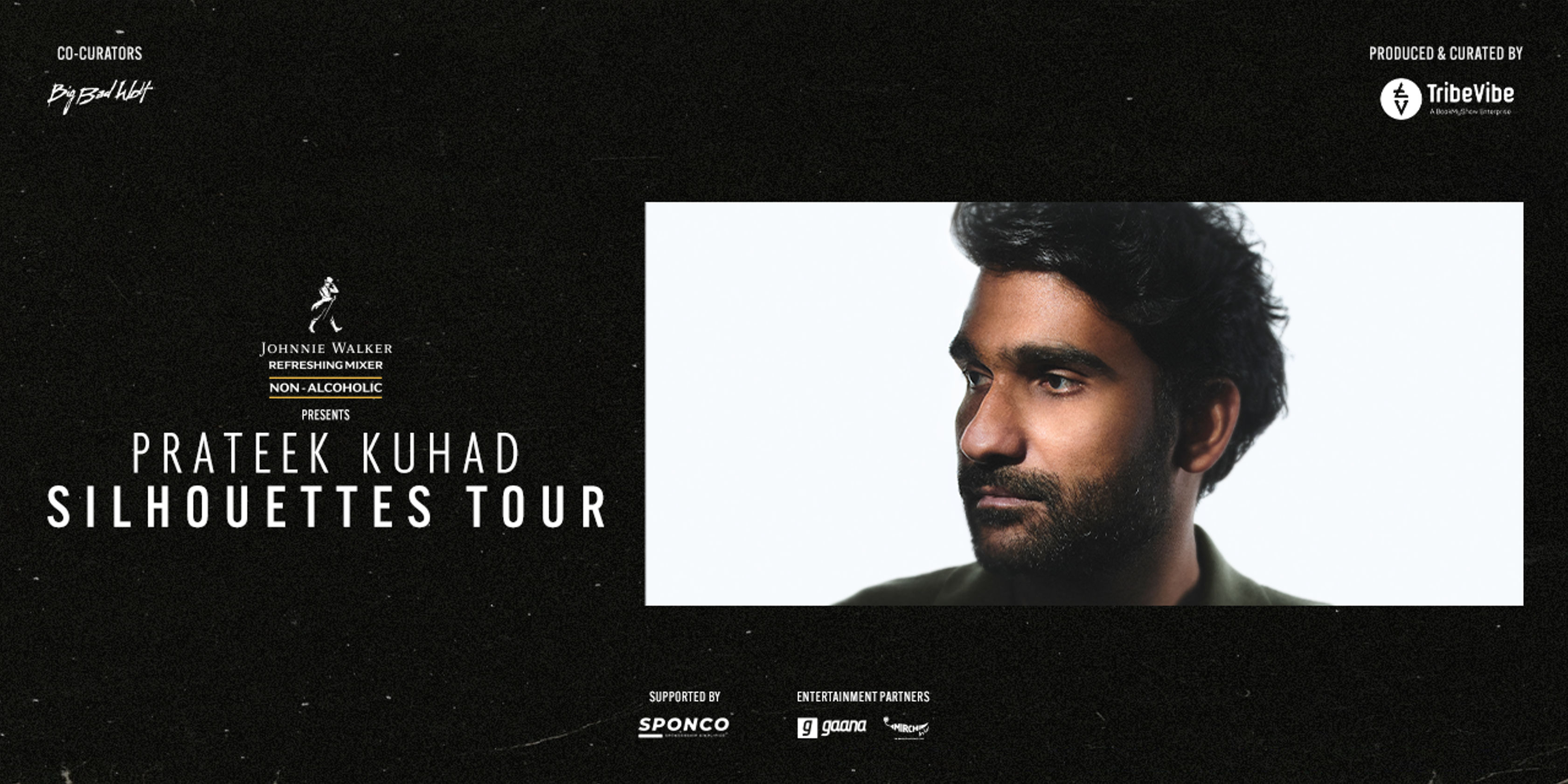Search Topic
Traditional Indian Festivals with Vibrant Music
The Role of Music in Indian Festivities
Music holds a profound place in Indian culture, intricately woven into the very essence of the nation’s festivities. From grand religious celebrations to exuberant folk gatherings, music serves as a powerful medium to express joy, devotion, and cultural identity. This article delves into the captivating world of music in Indian festivities, exploring its historical significance, diverse genres, and the impact it has on the social fabric of the country. By understanding the deep-rooted connection between music and Indian celebrations, we can truly appreciate the richness and cultural significance that music brings to these joyous occasions.

The Significance of Music in Indian Culture
When it comes to Indian festivities, music takes center stage and sets the tone for the celebrations. Music holds a deep-rooted place in Indian culture, acting as a universal language that brings people together and adds an extra layer of joy to any occasion. From ancient times to modern-day festivals, music has played a vital role in expressing emotions, narrating stories, and invoking a sense of unity among the masses.
Historical Background: Music’s Ancient Connection to Indian Culture
Origins of Indian Music: Vedic Period
Development of Classical Music: The Golden Age
Influence of the Mughal Era on Indian Music
Indian music traces its roots back thousands of years to the Vedic period, where it was integral to religious rituals and ceremonies. Over time, music evolved into a sophisticated art form, known for its intricate melodies, rhythmic patterns, and emotive expressions. The Golden Age of Indian music witnessed the rise of classical traditions like Hindustani and Carnatic music, which continue to captivate audiences with their rich heritage. Furthermore, the Mughal era left an indelible mark on Indian music, introducing Persian and Islamic influences that merged with local styles to create unique compositions.
Festivals and Music: A Deep Dive into Popular Celebrations
Diwali: The Festival of Lights and Music
Holi: The Colorful Festival with Music and Dance
Navratri: Celebrating Devotion through Music
No Indian festival is complete without the enchanting melodies and infectious beats of music. Diwali, the Festival of Lights, is accompanied by devotional songs that celebrate the triumph of good over evil. Holi, the vibrant festival of colors, brings people together through lively music and dance performances that create an atmosphere of joy and camaraderie. Navratri, dedicated to the worship of Goddess Durga, revolves around nine nights of music-filled celebrations, where traditional folk songs and rhythmic dances take center stage.
Classical Music Traditions in Festive Celebrations
Carnatic Music in South Indian Festivals
Hindustani Classical Music in North Indian Festivals
In Indian festivities, classical music traditions hold a special place. In South Indian festivals, like Pongal and Onam, Carnatic music takes prominence, with its intricate ragas and soul-stirring compositions that create an atmosphere of devotion and spirituality. In contrast, North Indian festivals, such as Durga Puja and Diwali, resonate with the soulful melodies of Hindustani classical music, known for its improvisation and soulful renditions.
So, the next time you find yourself immersed in the vibrant and diverse world of Indian festivals, pay close attention to the melodic sounds that accompany the joyous celebrations. The cultural significance of music during these festivities acts as a bridge between tradition and modernity, connecting generations and creating memories that last a lifetime.
—
Folk Music and Dance: Regional Variations in Festive Music
Music and dance are integral parts of Indian festivities, with each region showcasing its unique folk traditions. In Punjab, the vibrant beats of Bhangra and Giddha fill the air, captivating everyone with their infectious energy. The rhythmic thumping of the dhol and the melodic tunes of the harmonium and the flute create an atmosphere of celebration. Similarly, in Gujarat, the Garba and Dandiya Raas take center stage during Navratri. People clad in colorful attire move in graceful circles, dancing to the rhythmic beats of the dhol and the clanging of the dandiya sticks. In Assam, the Bihu festival brings joyous folk music to the forefront. The energetic beats of the dhol and the soulful melodies of the pepa (an Assamese flute) resonate through the festivities, reflecting the vibrant spirit of the region.
—
Religious Significance: Music as a Devotional Element
Music holds great religious significance in Indian festivals, acting as a powerful medium of devotion. In Hinduism, bhajans and kirtans serve as a form of prayer and spiritual connection with the divine. The melodious chants and rhythmic percussion uplift the devotees, transporting them into a state of deep reverence. Similarly, Qawwali, a form of Sufi music, is renowned for its soul-stirring melodies and poetic verses that express the love and devotion for God. The mesmerizing harmonies and passionate vocal performances create a transcendent experience, evoking a sense of spiritual ecstasy.
—
Evolution of Festive Music: Contemporary Trends and Fusion Genres
Festive music in India has evolved over time, incorporating contemporary trends and fusion genres. Bollywood music, with its catchy tunes and foot-tapping beats, has made a significant impact on festive celebrations. Its infectious energy and popularity have led to the inclusion of Bollywood songs in traditional festivities, adding a modern twist to the traditional melodies. Additionally, fusion music has gained prominence, blending traditional and modern elements to create a unique and eclectic sound. This fusion of genres brings together diverse musical traditions, creating a harmonious blend that appeals to both traditionalists and modern music enthusiasts.
—
Impact of Music on Indian Festivities: Social, Emotional, and Spiritual Dimensions
The influence of music on Indian festivities extends beyond entertainment, encompassing social, emotional, and spiritual dimensions. Music acts as a unifying force, bringing people together in celebration regardless of their background or differences. It creates a joyful atmosphere, uplifting the spirits of everyone involved and fostering a sense of camaraderie. Moreover, music has the power to evoke deep emotions, intensifying the festive experience and creating cherished memories. It also deepens the spiritual connection during religious festivals, allowing individuals to connect with their faith and express their devotion in a profound and meaningful way. Ultimately, the cultural significance of music in Indian festivities goes far beyond its sounds; it weaves together the fabric of traditions, emotions, and spirituality, making the celebrations truly unforgettable.In conclusion, the cultural significance of music in Indian festivities cannot be overstated. It not only adds rhythm and melody to the celebrations but also acts as a catalyst for unity, joy, and spirituality. Whether it is the timeless classical traditions, vibrant folk melodies, or the fusion of contemporary genres, music breathes life into every festival, connecting people across generations and regions. As we continue to witness the splendor of Indian festivities, let us cherish and celebrate the profound role that music plays in enriching these cultural experiences.








